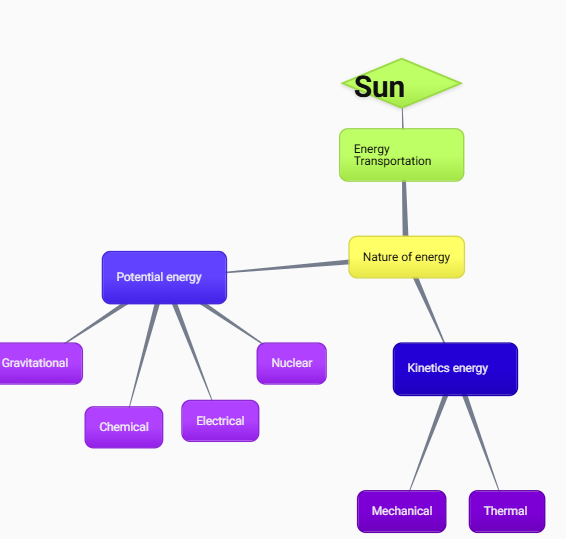4.2 Environmental Policy Framework
4.2 Environmental Policy Framework
Davis and Lewicki (2003) | Bryan (2003) | Environmental Framing Consortium |
Identity “Who am I?” People have to choose their character that they want to be in life, and they can do this by discovering themselves. | Cultural different groups with their own beliefs, social customs attitudes and family structures. | |
Characterization “Who are they?” Statements made by another person to show how they see or understand that person. | Political A form of government that helps keep the pollical degree stable over see any electrical outcomes. | Characterization stereotypes are often used in this area. Induvial go straight to this when a conflict between a group or induvial come up. |
Conflict Management Focuses on disputes and see over how conflicts are managed. | Legal Laws, regulations, legal procedures and court decisions that deals with the right of the people | Conflict Management How people manage the different point of view in conflicts. |
Fact-Finding Let technical experts learn on how to approach their roles in environmental disputes and see if the to affects the relationship between information producer and users. | Technological How people's level of knowledge influences their methods of understanding and managing issues and the assumptions they make. | Fact How people process facts against others such as scientist vs beliefs. It who does a better presentations and present what they believe their facts are correct and now try to convince others that their theory is true. |
Social Control Individual that views decisions made managing any social issues. | Demographic people characteristics are based on religion, gender and age. | |
Power Explore many ways for someone to persuade others to gain leverage over other individuals. | Economic Has several level of poverty and each level of poverty has their own level of interest rate, tax rates etc. | |
Technologic The general knowledge and capability of any scientist or engineers, medical weaponry and agricultural production. | Risk How sources respond and evaluate any potential risk associated with a political party | |
Views of Nature human interaction on the natural environment. | ||
Gain/Loss the persons decision on what to lose or gain |
New Framework
Power-when an individual gaining leverage from others
cultural- Groups that have their own belief and tradition to create family structure
conflict management-how to manage the conflicts
Identify- A characteristic of describing the individual
Risk-the response of any risk from a political party
The most important framework for a person is the culture, because culture helps build characteristics and usually relies on what they belief in or how the social group help guide you on what decision to think or along with the social structure. Because everyone is so different we rely on our personal history which connects with culture and its and how social custom also plays a part that makes the individual Power is something everyone tries to control or to at least contain. power is when the individual is able to get the leverage from the other. This would be a valuable framework to a person. Another important characteristic would be Identify would be a great to describe a person because in order for you to make decisions or for you over the different conflicts in life. Identifying means that the individual is able to describe their personal characteristics, knowing this would assure are more likely to make decision. Risk Is a basic action I would consider it important, but we do deal with it daily and through the risk. Risk is how we respond to our actions and after taking risk I would help create characteristic. Conflict management is about how the individual manages the conflicts
Websites
Davis, C. B., & Lewicki, R. J. (2003). Environmental conflict resolution: Framing and intractability--an introduction. Environmental Practice, 5(3), 200-206
Bryan, T. (2003). Context in environmental conflicts: Where you stand depends on where you sit. Environmental Practice, 5(3), 256-264.


Comments
Post a Comment